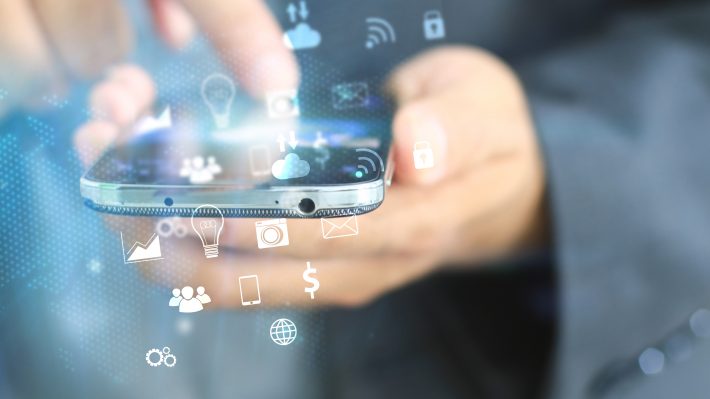Operating at full speed, the digital era, and the scope of its entireties, is pioneering technological advancements and new opportunities for consumers to interact with the world around them. Come as a shock? Not so much. But as social media becomes more and more of an essential to our every day, feature ideation is driving change and marrying old habits with new ideas. The capabilities of Instagram, YouTube, Google, and Facebook are being reimagined and are evolving in impactful ways that will solidify new trends which will become accepted practices in the near future.
Take virtual reality for example. Last year, Facebook experimented with the relationship between AR and social media through their “Spaces” initiative. While current platforms like Google and Facebook are dictating what types of content and information its users get exposure to, augmented reality will open the door for consumers to embrace new habits, consider brands they may not have, and to ultimately develop an interest, or at the very least a sense of curiosity, for products they may have previously ignored. Having AR as an outlet for encouraging this, consumers will have increased convenience and more accessibility to easily experience new things in a seamless and undemanding way.
On the note of convenience and accessibility, features like “Live” and “Stories” on Instagram and Facebook will expand to meet consumers where they’re at, and deliver a streamlined experience that transcends the standard expectation. New features allow users to directly retrieve trivial things like a friend’s post, but we’re seeing this tactic become more and more normalized as it promotes specific CTAS and gives brands an opportunity to elicit action from their audience. For example, Instagram has begun to integrate features that allow users to quickly make purchases through eCommerce sites simply by viewing a story or a post. Again, this approach to simplifying the process and giving consumers an effortless experience is a trend that will continue to inform the iterations of ideation we see in the coming year.
Shifting gears a bit here, but we’re also seeing feature ideation reinvent the way everyday consumers perceive the search engines available to them. Google has positioned itself as the quintessential leader in way of the Internet search, not to mention the word “Google” is now used as a verb when people simply say, “Google it.” Even in the case that competitors like Bing or Yahoo are the source being used, Google wears the crown. Interestingly enough, consumers are beginning to look elsewhere for answers to specific questions. Instagram is dipping its feet in the search engine waters as its users begin to use the platform to find restaurants, hotels, shops/stores, even employees. This suggests an interesting shift in what people are looking for when they search for these types of recommendations. It also nods to the impact of detailed images and an intentionally curated aesthetic.
If this sentiment doesn’t drive the point, personality prevails. At this point, bots are pretty standard, but as consumers continue to gravitate towards brands with distinct personalities, the creation and implementation of bots must acclimate accordingly. The typical bot experience will be put to shame as brands give their bots a digital facelift by honing in on details—like design, character, tone of voice, and communication style—that will drive engagement. Copywriting will play a pivotal role in relaying the personality of the brand through the language and vernacular used by bots.
We’re seeing the power of organic reach translate as a game changer for brands and social accounts across different platforms, so understanding these features and the ways they indicate waves of new change is a huge benefit to the brands who take the time to understand them. Get ahead of the curve so you can position yourself as a leader when the trends hit big.
